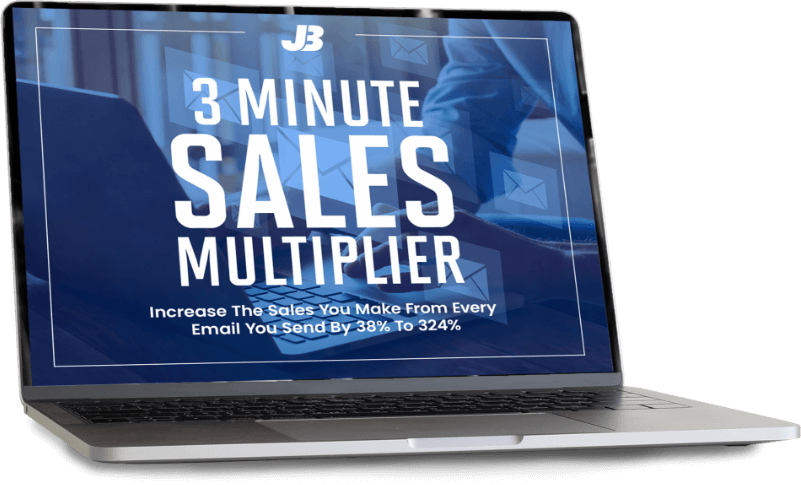When it comes to creating emails that get opened, create raving fans and generate clicks, you may not know where to begin.
If so, you're more like me than you know… or at least how I used to be when I first got started.
I asked a lot of questions…probably similar to the questions you have yourself:
“Should I be having to hire expensive copywriters? Should I spend weeks on Google looking up all the internet marketing “experts” for answers? Should I just give up?”
And, of course, this drove me nuts.
I can’t tell you how many chances I missed … all because I didn’t know the one thing that's causing it all. I'll let you know what that is in a moment.
First, let's address those 3 questions I asked myself, and you may be asking yourself as well. They're actually myths that need to be put to rest. Then I'll tell you what I suggest you do next…
Myth #1: You should hire expensive copywriters
This myth is all over the place these days. I bought into myself, so if you have, don't feel bad. It happens to the best of us.
The truth is that this approach rarely works because new “A.I. Email” machines and clever software now empowers virtually everyone to create copy proven to work without the needless expense. This may be a bit of a surprise, or perhaps you already knew this. Either way, it's good to be reminded of the truth, right?
Myth #2: Google all the internet marketing gurus
Let's talk about our best friend and worst enemy when it comes to marketing online – Google.
Now, you may have found me through Google, so it's not all bad. However, there's so much misinformation out there you are probably very confused. I don't blame you. For every expert on Google, there are thousands of pseudo-experts and downright hacks.
Good news: you've found one of the good folks. : )
To be honest, I struggled for years to try and crack the email marketing code. And I failed miserably.
I could write sales letters fairly easily, but for some reason “email” took my brain out for a spin.
Then one day I came across Persuasion Triggers, and the 4 “levels” of human persuasion.
I call these the 4 parts of the “Buying Brain.”
It took a few years of trial and error, but The EPIC Email System was the result. Now 2/3 of my income is entirely automated by email, and over the past 14 years years, I've become known as the “Godfather” of the VSL and one of the few ‘billion-dollars-sold' copywriters on the planet.
I'm saying this not to brag. Merely to put your mind at ease. You're in good hands. : )
Also, keep this in mind: information overload leads to inaction. You're far better off taking action on one approach rather than constantly looking for the “perfect” system or approach. That's why I think you'll love what I have to share with you – it's not perfect, and neither am I (shocker, right? : ) However, it works consistently for most online marketers who stick with it. Fair, right?
Myth #3: Giving Up Is An Option
There's no way you're giving creating emails that get opened and create raving fans. You're literally three feet from gold. You can't stop digging now, because the good stuff is right in front of you.
I'm here to help you get there.
Now, let me share the breakthrough that helped me and is helping other online marketers as well…
Success centers around avoiding Blank Page Paralysis
Blank Page Paralysis is that dreaded feeling of looking at a blank page and wondering, “What the heck do I write next?”
Even professional writers suffer from Blank Page Paralysis…and it can literally cripple your email marketing.
This was the “ah-ha” moment for me, and everyone I work with says the same thing.
I'd like you to explore this with me and let's see if this is why suffering from emails going unopened and unread is still a concern for you.
I've put everything I know about Blank Page Paralysis and how it stunts your internet marketing progress into the page you'll visit below.
I also cover the solution to Blank Page Paralysis – something I call “The EPIC Email Formula.”
Many are calling it “a monumental breakthrough for online marketers everywhere”.
I'd like you to go and see more about The EPIC Email Formula here.
Will you let me know if this helps you as much as it's helped others?
I'd love to hear from you!
This blog post created with Email Copy Pro.
